Palace of the Grand Dukes of Lithuania
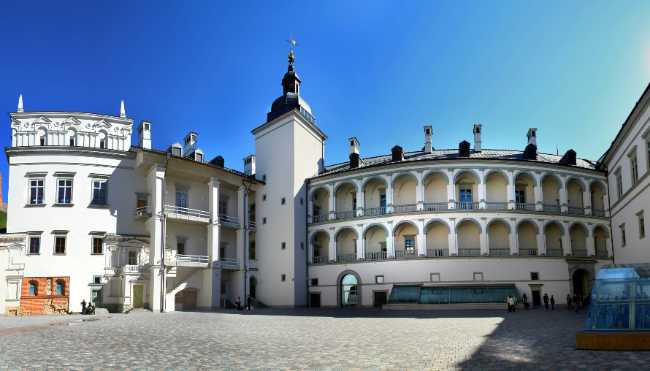
The Palace of the Grand Dukes of Lithuania in Vilnius is a reconstructed royal residence that once served as the political, cultural, and administrative heart of the Grand Duchy of Lithuania. Originally built in the 15th century and expanded during the Renaissance and early Baroque periods, the palace stood at the centre of the Vilnius Lower Castle complex. It was demolished in the early 19th century under Russian rule and meticulously rebuilt between 2002 and 2018 on its original foundations. Today, it houses the National Museum – Palace of the Grand Dukes of Lithuania, offering four thematic exhibition routes that explore the site’s architectural evolution, royal interiors, daily life, and musical traditions. Visitors can view archaeological finds, restored halls, and multimedia displays that bring the palace’s storied past to life. Located next to Vilnius Cathedral in the UNESCO-listed Old Town, the palace is a symbol of national heritage and a major cultural attraction, hosting exhibitions, concerts, and state events that connect Lithuania’s royal legacy with its modern identity.
Vilnius LithuaniaThe Palace of the Grand Dukes of Lithuania is located in the heart of Vilnius, within the Lower Castle complex, at Katedros Square, directly adjacent to Vilnius Cathedral. Originally constructed in the 15th century, this palace served as the political, administrative, and cultural center for the rulers of the Grand Duchy of Lithuania and later the Polish–Lithuanian Commonwealth. Today, the restored palace houses the National Museum – Palace of the Grand Dukes of Lithuania, featuring exhibitions on the site’s history, architecture, royal interiors, weaponry, and daily life, as well as hosting major national and international events. Nearby, visitors can explore Vilnius Cathedral, the Cathedral Square, Gediminas’ Tower, and the historic Old Town, all within easy walking distance. The palace’s central location makes it an ideal starting point for discovering Vilnius’s most significant historical, cultural, and architectural landmarks, as well as its vibrant cafés, shops, and public spaces.
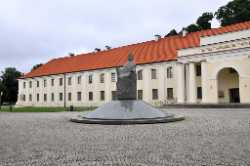 National Museum of Lithuania
Vilnius
National Museum of Lithuania
Vilnius
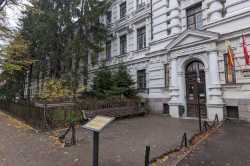 Museum of Occupations and Freedom Fights
Vilnius
Museum of Occupations and Freedom Fights
Vilnius
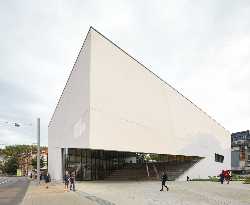 MO Museum
Vilnius
MO Museum
Vilnius
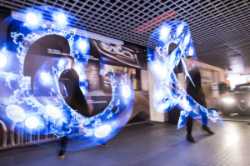 Vilnil Museum of Illusions
Vilnius
Vilnil Museum of Illusions
Vilnius
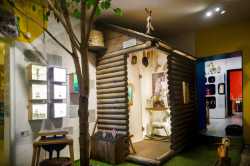 Toy Museum
Vilnius
Toy Museum
Vilnius
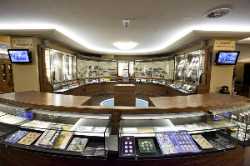 Money Museum of the Bank of Lithuania
Vilnius
Money Museum of the Bank of Lithuania
Vilnius
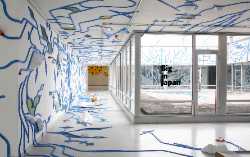 Contemporary Art Centre
Vilnius
Contemporary Art Centre
Vilnius
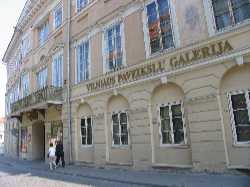 Vilnius Picture Gallery
Vilnius
Vilnius Picture Gallery
Vilnius
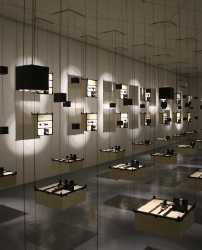 TSEKH Gallery
Vilnius
TSEKH Gallery
Vilnius
 Lithuanian National Drama Theatre
Vilnius
Lithuanian National Drama Theatre
Vilnius
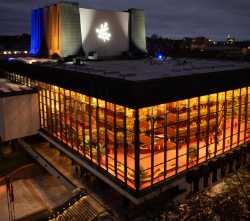 Lithuanian National Opera and Ballet Theatre
Vilnius
Lithuanian National Opera and Ballet Theatre
Vilnius
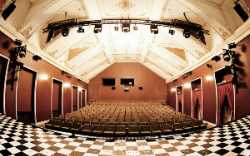 Vilnius Puppet Theatre
Vilnius
Vilnius Puppet Theatre
Vilnius
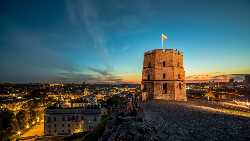 Gediminas Castle Tower
Vilnius
Gediminas Castle Tower
Vilnius
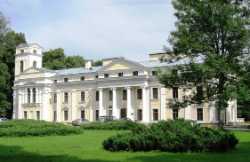 Verkiai Palace
Vilnius
Verkiai Palace
Vilnius
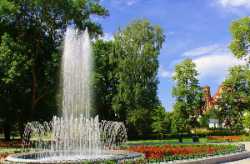 Bernardine Garden
Vilnius
Bernardine Garden
Vilnius
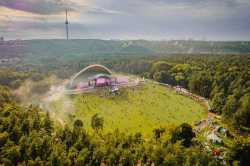 Vingis Park
Vilnius
Vingis Park
Vilnius
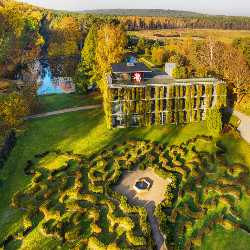 Vilnius Botanical Garden
Vilnius
Vilnius Botanical Garden
Vilnius
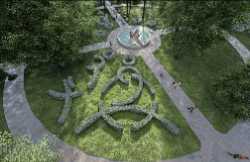 Sapiegos Park
Vilnius
Sapiegos Park
Vilnius
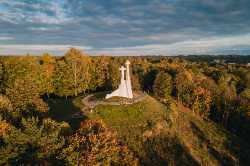 Hill of Three Crosses
Vilnius
Hill of Three Crosses
Vilnius
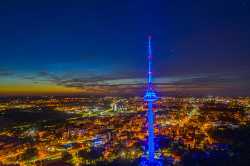 TV Tower Vilnius
Vilnius
TV Tower Vilnius
Vilnius
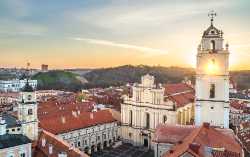 St. John's Church Bell Tower
Vilnius
St. John's Church Bell Tower
Vilnius
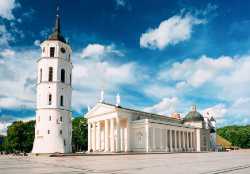 Vilnius Cathedral and Bell Tower
Vilnius
Vilnius Cathedral and Bell Tower
Vilnius
 Church of St. Anne
Vilnius
Church of St. Anne
Vilnius
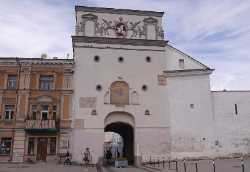 Gates of Dawn
Vilnius
Gates of Dawn
Vilnius
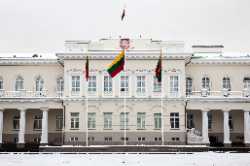 Presidential Palace
Vilnius
Presidential Palace
Vilnius
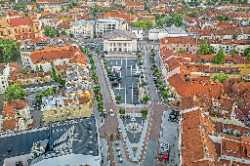 Rotušės aikštė
Vilnius
Rotušės aikštė
Vilnius
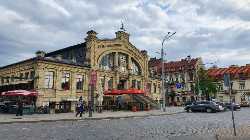 Hales Market
Vilnius
Hales Market
Vilnius
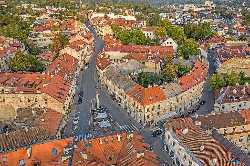 Uzupis Republic
Vilnius
Uzupis Republic
Vilnius
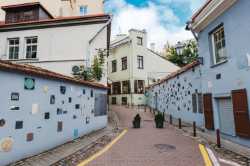 Literatų Street
Vilnius
Literatų Street
Vilnius
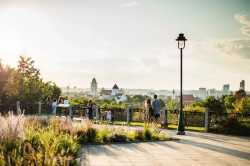 Subačiaus Viewpoint
Vilnius
Subačiaus Viewpoint
Vilnius
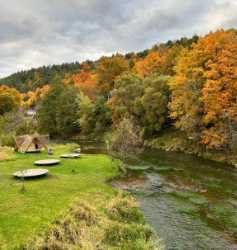 Pavilniai Regional Park
Vilnius
Pavilniai Regional Park
Vilnius
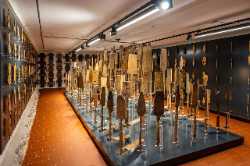 House of Histories
Vilnius
House of Histories
Vilnius
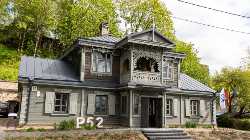 Wooden City Architecture Museum
Vilnius
Wooden City Architecture Museum
Vilnius
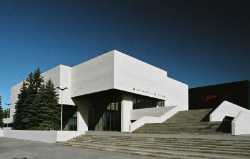 National Gallery of Art
Vilnius
National Gallery of Art
Vilnius
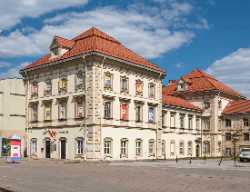 Radvila Palace Museum of Art
Vilnius
Radvila Palace Museum of Art
Vilnius
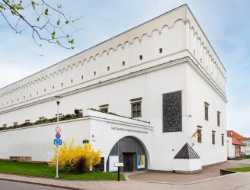 Museum of Applied Arts and Design
Vilnius
Museum of Applied Arts and Design
Vilnius
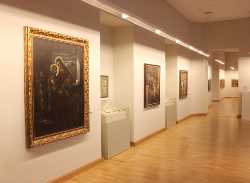 Vytautas Kasiulis Art Museum
Vilnius
Vytautas Kasiulis Art Museum
Vilnius
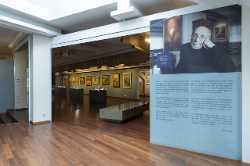 Samuel Bak Museum
Vilnius
Samuel Bak Museum
Vilnius
 Energy and Technology Museum
Vilnius
Energy and Technology Museum
Vilnius
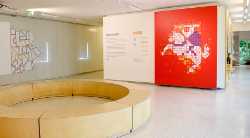 Centre for Civil Education
Vilnius
Centre for Civil Education
Vilnius
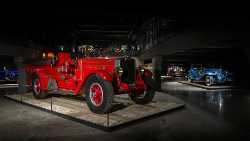 Vilnius Auto Museum
Vilnius
Vilnius Auto Museum
Vilnius
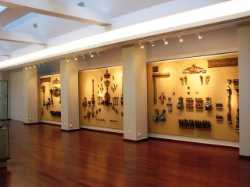 Vilna Gaon Jewish State Museum branch
Vilnius
Vilna Gaon Jewish State Museum branch
Vilnius
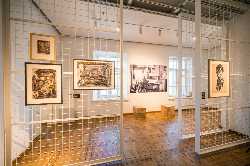 Museum of Culture and Identity of Lithuanian Jews
Vilnius
Museum of Culture and Identity of Lithuanian Jews
Vilnius
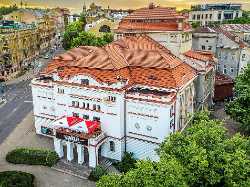 Old Theatre of Vilnius
Vilnius
Old Theatre of Vilnius
Vilnius
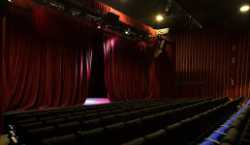 Domino Theatre
Vilnius
Domino Theatre
Vilnius
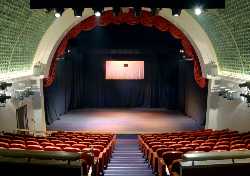 State Small Theatre of Vilnius
Vilnius
State Small Theatre of Vilnius
Vilnius
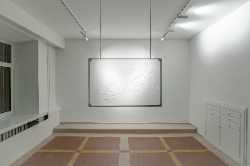 DRIFTS Gallery
Vilnius
DRIFTS Gallery
Vilnius
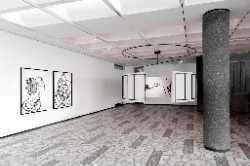 DSG Gallery
Vilnius
DSG Gallery
Vilnius
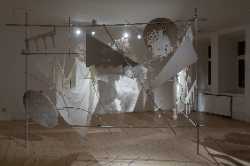 Editorial
Vilnius
Editorial
Vilnius
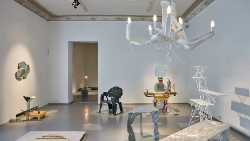 Galerija Vartai
Vilnius
Galerija Vartai
Vilnius
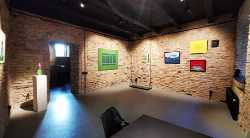 GODÒ Gallery
Vilnius
GODÒ Gallery
Vilnius
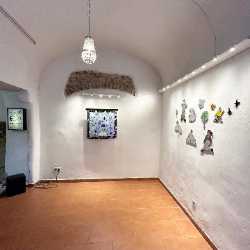 HUNGRY EYES
Vilnius
HUNGRY EYES
Vilnius
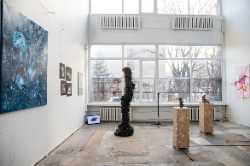 Kompresorine - Ideas Block LT
Vilnius
Kompresorine - Ideas Block LT
Vilnius
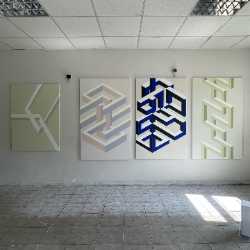 InTheCloset
Vilnius
InTheCloset
Vilnius
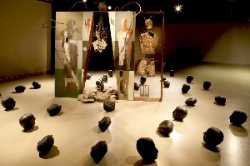 Jonas Mekas Visual Arts Center
Vilnius
Jonas Mekas Visual Arts Center
Vilnius
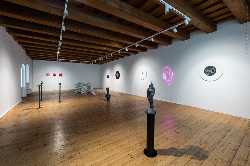 Gallery ARKA
Vilnius
Gallery ARKA
Vilnius
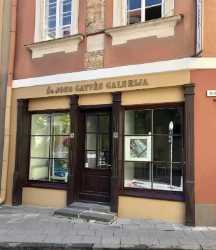 St. John's Street Gallery
Vilnius
St. John's Street Gallery
Vilnius
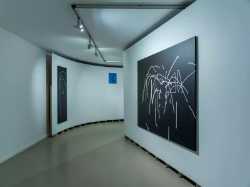 Meno Niša Galerija
Vilnius
Meno Niša Galerija
Vilnius
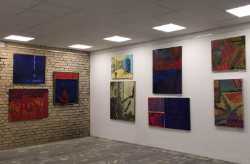 Galerija Aidas
Vilnius
Galerija Aidas
Vilnius
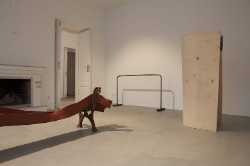 (AV17)GALLERY
Vilnius
(AV17)GALLERY
Vilnius
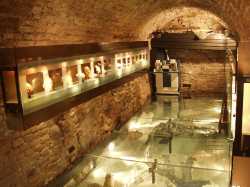 Art Center of Baltic Amber
Vilnius
Art Center of Baltic Amber
Vilnius
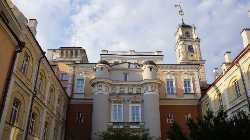 Vilnius University Observatory
Vilnius
Vilnius University Observatory
Vilnius
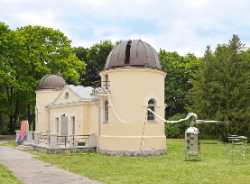 Vilnius University Observatory of Ideas
Vilnius
Vilnius University Observatory of Ideas
Vilnius
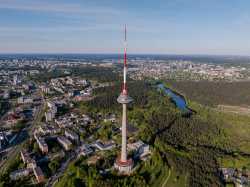 Vilnius TV Tower
Vilnius
Vilnius TV Tower
Vilnius